Bessie Gow was a young shop assistant who lived in Strathbungo with her family in the 1920s. So how did she briefly achieve world-wide attention and notoriety? And a suspect in what was dubbed “The Crime of the Century”?
Thanks to Paul Sweeney, MSP, who first brought Bessie’s Strathbungo origins to my attention on X (ex Twitter). The prompt was this photo from the Glasgow City Archives of a newsagent in Balornock, featuring, if you look closely, the 4 August 1932 billboard “Betty Gow on the way to Glasgow”.
Bessie’s life in Glasgow
Bessie Mowat Gow was the daughter of William Gordon Gow, a baker from South Ronaldsway, Orkney, and Isabella McLagan of Carmyllie, Forfarshire. She was born in a tenement at 26 Polmadie Street on 12 February 1904, and when she left school at 14 she became a dressmaker at Copland & Lye, then a cash girl at the Kinning Park Co-operative Society, and from 1923 worked at the warehouse, and later Sauchiehall Street shop, of A L Scott & Son, shoe dealers .
Her father died in 1925, and her mother Isabella married again in July 1928, to a widowed cabinetmaker John Taylor. The family moved to a flat in 30 Nithsdale Street, adjoining Salisbury Quadrant, and now opposite the entrance to The Deep End. (Note: Searching Bygone Bungo’s database, it is John Taylor who appears in the Valuation Roll as the tenant; no Gows were listed there.)
The American Dream
Shortly after, on 28 April 1929, Bessie set sail on the Anchor Line’s Cameronia for a new life in the United States. She first visited her brother William in Bogota, New Jersey, where he worked as a lineman for the electric company. She had secured work as a nursemaid with a family in New Jersey, and worked there a year, before a variety of shorter jobs in Detroit, then back in New Jersey .
On 25th February 1931 she was appointed as nurse to Charles and Anne Morrow Lindbergh on the recommendation of a friend, to look after their first child. The family lived at Anne’s family home at Englewood, New Jersey.
But this was no ordinary job, and it is unclear if Bessie knew what she was getting into. The Lindberghs were at that time at the height of celebrity fame, after Charles Lindbergh’s pioneering 1927 solo flight across the Atlantic Ocean from New York to Paris, a 33-hour adventure in his little plane, “The Spirit of St Louis“.
Charles made a fortune on the back of his achievement, but struggled with the publicity that came with becoming the most famous person in the world.
The Lindberghs’ first son, Charles Jnr, was born on 22 June 1930, and like his parents came under unprecedented media scrutiny. They were followed everywhere, and when they shied from the press, the editors just made up stories about them anyway, for instance suggesting the baby was deformed, or deaf. The press hunted for photographs of the “most famous baby in the world” whom they dubbed “Little Lindy”, in one of the first examples of what were later called “paparazzi”.
This was the world Betty had entered.
She found favour with Mrs Lindbergh, and given the Lindberghs’ preference for distant parenting, and their long trips abroad, she and Charles Jnr became quite attached. Charles had taught Anne to fly, and to act as his navigator and radio operator, his “crew”, and in July 1931 they set off on their latest adventure, visiting Alaska, Japan and China.
Anne said, “I would have been content to stay home and do nothing else but care for my baby. But there were those … flights that lured us to more adventures.” Or as Betty Gow would put it, “Oh, how she loved her Lindy. She’d have gone anywhere and done anything for him … even leave that beautiful little baby behind.”
The trip was only curtailed when Anne’s father, Senator Dwight Morrow, died, and they returned from Japan by sea in late October. All this time the baby had been Betty’s, and they spent their time alone at the Morrows’ summer home on the island of North Haven, Maine. They were so alone and forgotten in fact, Betty was spending her own money to buy food and clothes. When she lost her brother William, electrocuted at work, in September, she even struggled to get any time from work to visit her mourning sister-in-law. When the Lindberghs returned, Charles didn’t even recognise his parents .
Meanwhile the Lindberghs had commenced building a new home of their own, remote in the Sourland mountains near Hopewell, New Jersey as an escape from media attention. From Halloween 1931 they began spending weekends there with their son, returning to Englewood each Monday morning. They often left Betty behind, and Anne confessed “It is such a joy to hear him calling for ‘Mummy!’ – instead of ‘Betty!’ once in a while!”
The dream turns sour
On Saturday 27 February 1932, Anne took Charles Jnr to Hopewell as usual, but he caught a cold, and Monday morning she phoned Englewood to say she would not be returning that day as planned. By Tuesday Anne was unwell too, and she called Englewood and asked Betty to come over and assist. Betty phoned her boyfriend, Henry “Red” Johnson, to cancel their date, and was driven to Hopewell by chauffeur.
That evening, 1 March, Anne and Betty put Charlie to bed, and Betty, a talented seamstress, stitched him a replacement nightshirt from a piece of cloth. They went to close all the shutters in the room, but the one above Charles’ office was warped, and they could not fasten it.
Charles Lindbergh came home around 8.30pm and at ten o’clock, as was customary, Betty went to check on the baby. It was not there. Desperately, she checked with Anne, then with Colonel Lindbergh. She recalled he had on a previous occasion hidden the baby in a cupboard and acted all innocent, just for a laugh, but on this occasion he was deadly serious. He ran to the room, and declared “they have stolen our baby.” The police were called, and he grabbed his gun to search the property. At some point he noticed a note on the window ledge, presumably a ransom note, but he left it untouched.
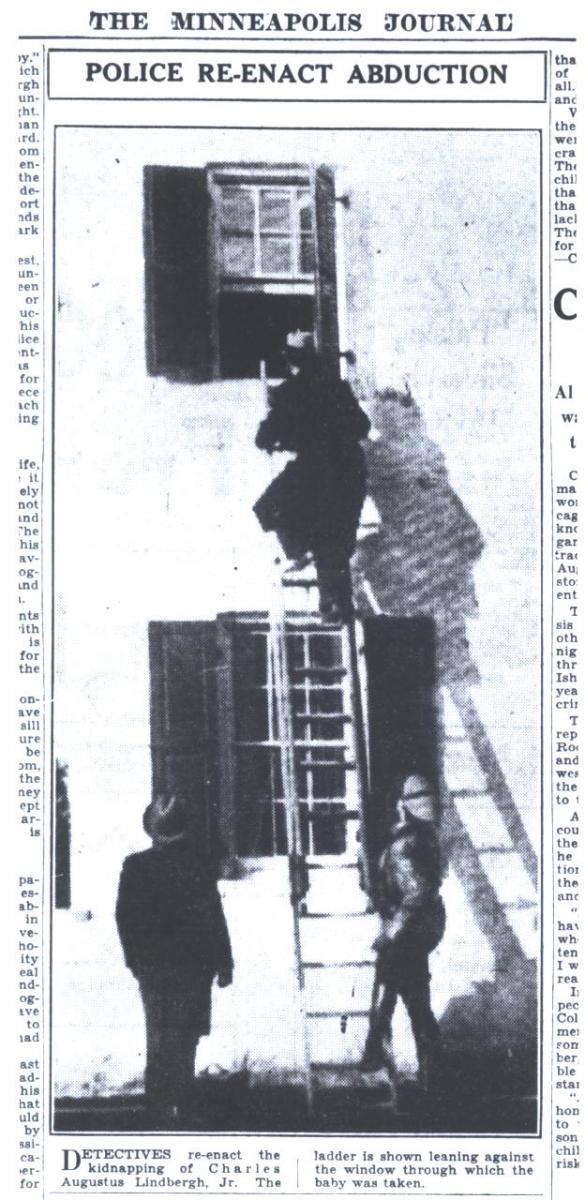
Police re-enact the abduction. Source: Minnesota Historical Society / Minneapolis Journal 3 Mar 1932
The investigation was run by the superintendent of the New Jersey Police, Norman Schwarzkopf (father of the famous Gulf War general). It soon became apparent that someone had climbed up to the bedroom on a home-made ladder (found abandoned in the woods nearby), entered via the window with the faulty shutter, and taken the child, leaving a note on the window. One rail of the ladder had split on the way out, and the kidnapper and baby may have fallen, explaining a thud Charles had heard earlier. The note, written in broken English, signed with a curious symbol of punched holes, read:
dear Sir!
Have 50.000 $ redy 25 000 $ in
20 $ bills 1.5000 $ in 10$ bills and
10000 $ in 5 $ bills. After 2-4 days we will inform you were to deliver the Mony.
We warn you for making
anyding public or for notify the Police
the child is in gut care.
Indication of all letters are
singnature
and 3 holes.
Suspicion falls on Betty
But so many questions. How did the kidnappers know the child would be in Hopewell that night? Did a staff member tip them off about the change of plans? How did they plan it, or even get to such a remote spot? How did they know the layout, which room to target, or that the shutter would be open? So many questions, and suddenly the innocent looking young nurse from Scotland wasn’t looking so innocent after all. She was subjected to intense police questioning. Who had she told? Why had she moved to Detroit? What was her relationship to the Detroit gangster Scotty Gow, who was suspected of other child kidnappings? He had a sister Betty who was a nurse. Police in Glasgow were even asked to attend Nithsdale Street to question her family.
And yet she stuck firmly to her story, and claimed she was devoted to the child. The Lindberghs backed her, and the police concluded she was innocent. Scotty Gow was just a co-incidence. So they turned their attentions to her boyfriend, who she had called when she was asked up to Hopewell. Henry was actually Henrik Johansen, a Norwegian sailor, and an illegal immigrant who had jumped ship. Betty met him as he had got a job on the family yacht of the Lamonts, friends of the Morrows. He drove a green coupé, similar to that seen near the Lindberghs on the day of the kidnapping, and when arrested, had an empty milk bottle in the car, perfect for feeding a small child. He too was questioned at length, and likely beaten heavily, but protesting his innocence, he was eventually released.
Another assistant nurse, Violet Sharp, proved an unreliable and evasive witness, and was questioned so hard she swore she wouldn’t undergo interrogation again. She took cyanide in her room, before coming downstairs and collapsing. But she too was declared innocent, posthumously. And there the trail went cold.
A tragic end
There was then a long tale of false trails, various fraudsters and chancers. Even Al Capone offered his help tracking the gangsters, if only they would let him out of jail. But there was also a series of genuine ransom notes. $50,000 was handed over in a cemetery, but no child emerged. Then on 12 May, ten weeks after the kidnapping, a truck driver walked into the woods to relieve himself just a few miles from Hopewell, and discovered Charles’ decomposing body. He had died from a head injury, perhaps after a fall from the ladder. It was Betty Gow who was asked to identify his remains, still clad in the nightshirt she had stitched for him.
Betty’s boyfriend, though assumed innocent, was nonetheless threatened with deportation. He left voluntarily for Norway, arriving on 2 August, where he professed to the awaiting press his intention to return and marry Betty. It never happened.
Betty herself needed a break from it all, and she too left, arriving in Southampton on 9 Aug 1932 aboard the Mauretania. She travelled incognito, but was spotted, and was reported to have been very lively on board. The press were tipped off, hence the headline outside the Balornock newsagent, days before she docked. She fled to Glasgow, and the company of her family, though she couldn’t go out or get a job, as she was easily recognised as “the Lindbergh nurse”.
At the time of the kidnapping Anne was already pregnant again, and gave birth to Jon on 16 August 1932. On 25 October, Betty left for the US on SS Caledonia to become Jon’s nurse, and her arrival was reported in the papers the same day his name was announced to the public.
I can find no further mentions of Betty’s presence in the US, though she possibly nursed Jon when the Lindberghs made a six month flying tour of Europe and Africa in 1933; she didn’t return to Scotland until 6 August 1934.
The police get their man
Soon after, on 19 September 1934, the police got their big break, over two years after the kidnapping. The notes and gold certificates in the ransom had been turning up in New York. A garage attendant spotted one and noted the car registration, leading the police to Richard Hauptmann, a German immigrant carpenter. Large quantities of the ransom cash were found hidden in his property, along with other circumstantial evidence – for instance he had the number of Lindbergh’s negotiator written on the wall, and a plank from his garage had been used in the construction of the ladder. Hauptmann’s trial was set for January 1935, and the Lindberghs paid for Betty Gow to return to the US to appear as a key witness.
Betty arrived in New York on the Aquitania on Christmas Day, though despite travelling as Beatrice Galloway she was again spotted. She was whisked away to the Morrow home at Englewood.
The Hauptmann Trial
The trial commenced on 2nd January 1935, and was a media sensation, described by journalist H. L. Mencken as “the greatest story since the Resurrection.” Thousands descended on the courthouse in Flemington. Betty appeared on Monday 7 January. Her evidence was interrupted more than once by noise outside the court, which the police struggled to control. Under cross examination by the flamboyant defence attorney Edward J Reilly, her credibility was questioned as she had accepted expenses to return from Scotland, and he tried to link her to various people to implicate her, but she gave as good as she got, before fainting on completing her testimony.
On the night of 13 February, the jury found Richard Hauptmann guilty, and he was later executed by electric chair. To this day some consider him innocent, to have received an unfair trial, or at least to have had inside help with the crime. Yet he never confessed, or implicated anyone else before his death, so we may never know.
Some idea of the sensational reporting can be gleaned from contemporary Pathé newsreels:
Betty Gow arrives (at 16secs):
Pre trial:
The trial:
Betty Gow returns home:
Incidentally, cameras were not supposed to be in the courtroom, but were allegedly thinly disguised by news crews, who appeared to have pretty free rein based on this footage. Outrage led to a subsequent ban on cameras in US court rooms that lasted until the 1980s.
After the trial
The Western Mail reported on 15 February:
BETTY GOW Offered Position of Nurse to Lindbergh’s Second Child
Miss Betty Gow, the Glasgow girl who was nurse to the Lindberghs at the time of the kidnapping and is now closely guarded at the home of Mrs. Dwight Morrow, Mrs. Lindbergh’s mother, is very indignant with Mr. Reilly, who bitterly attacked her testimony in the course of his defence. “I hate Reilly,” she declared to-day, “but I feel vindicated. The jury believed me instead of that dreadful person.” Discussing her future plans, Miss Gow said: “I am undecided as to whether first to return home and see my mother or stay here and take up my old position with Col. and Mrs. Lindbergh. I think, though, that I shall sail next week.”
Betty left for Scotland that same day on the Berengaria, planning to return after a month or two to again nurse Jon Lindbergh. She arrived Southampton on 22 February, having largely kept out of sight in her cabin. However she never returned to the Lindberghs, and in December 1935 she was reported to be working incognito at a Glasgow fashion store, just wanting a quiet life.
The Lindberghs
Days later, on 31 Dec 1935, the Lindberghs themselves arrived at Liverpool, having also fled the US and the constant media attention. They lived at Long Barn, Sevenoaks, home of Vita Sackville-West & Harold Nicholson, and later on an island in Brittany. Lindbergh became fascinated by the growth of Nazi power, and met Hitler and his associates on more than one occasion. He was accused of becoming a Nazi sympathiser, and antisemitic, when he campaigned to keep the US out of the war. President Roosevelt, who favoured intervention in the war, said of him “If I should die tomorrow, I want you to know this, I am absolutely convinced Lindbergh is a Nazi.” His celebrity status crumpled. Roosevelt banned him from rejoining the air force after Pearl Harbor. He was permitted to fly only civilian “observation” flights in the Pacific Theatre, but that didn’t stop him completing 50 combat sorties, including bombing raids and shooting down one Japanese fighter.
After the war he rebuilt his reputation, as did his wife Anne, who became a best-selling author. He became interested in environmental issues, yet, ever the complex character, also secretly fathered seven children by three different women in Europe. He died in 1974.
Betty in later life
Betty continued to live at 30 Nithsdale Road in Strathbungo, with her sister Isabella until her sister’s marriage in 1945, and subsequently alone. She was still living there when she made a further trip to the USA in 1954, departing for New York on the Queen Elizabeth on 28 July. The purpose & duration of this trip are unknown.
She later moved to nearby Kings Park Avenue. She worked as the manager of a branch of ladies’ outfitters chain Irene Adair. She never married .
Epilogue
In the 1990s A Scott Berg set about writing a biography of Charles Lindbergh, and was the first biographer to gain the trust of Anne Morrow Lindbergh. He also tracked down Betty in Glasgow and interviewed her. He recalled in the interview how they skated round the subject for three hours, and he felt he wasn’t getting anywhere .
She was smaller than I expected and there was something pretty about her. She was tough and feisty though. She was the one who was going to be in control here.
We avoided the difficult topics. Then, I suddenly remembered that Mrs. Lindbergh had asked me to pass on her regards. I told her: ‘Anne Lindbergh sends you her greetings,’ and she just burst into tears.
For more than half a century Bessie had believed she was hated by her former employers and blamed for their child’s death. She told Mr. Berg that, after the trial was over and she had returned home, she wrote to the Lindberghs. They never replied and she assumed that was because they wanted nothing to do with her. The truth is that almost certainly, the Lindberghs never got the note. At the time, they were receiving thousands of letters a week – good and bad – and rarely opened more than one in 20 of them. Mr. Berg was in a position to set the old lady’s mind at rest.
He knew from Anne Lindbergh that she and her husband had admired and appreciated their Scottish nursemaid and had been sorry that she left.
That was it. I could see that her life had changed. She had been carrying this emotional burden for years and I had lifted it from her. She was sobbing. It was the opening of the floodgates.
Betty Gow passed away on 16 July 1996 at the Victoria Infirmary at the age of 92.
Books on the subject
There have been countless publications related to the Lindbergh kidnapping, including many claiming Hauptmann’s innocence. I will mention just two curiosities.
Murder on the Orient Express took considerable inspiration from the kidnapping, referencing Violet Sharpe’s suicide and other details. It was published in 1934, at a time when the crime remained unsolved. But I had better not give away the plot.
If you wanted to learn more of the trial and Betty’s involvement, try Mariah Fredericks’ 2022 novel The Lindbergh Nanny . Though a fictionalised account of the events seen through Betty’s eyes, it sticks very closely to the known facts, and makes a great introduction. Glasgow Libraries have a copy.

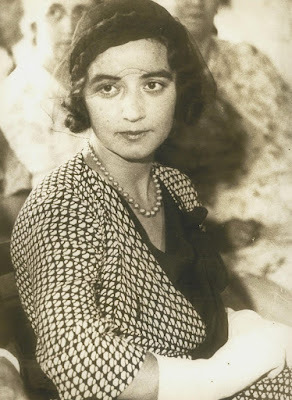
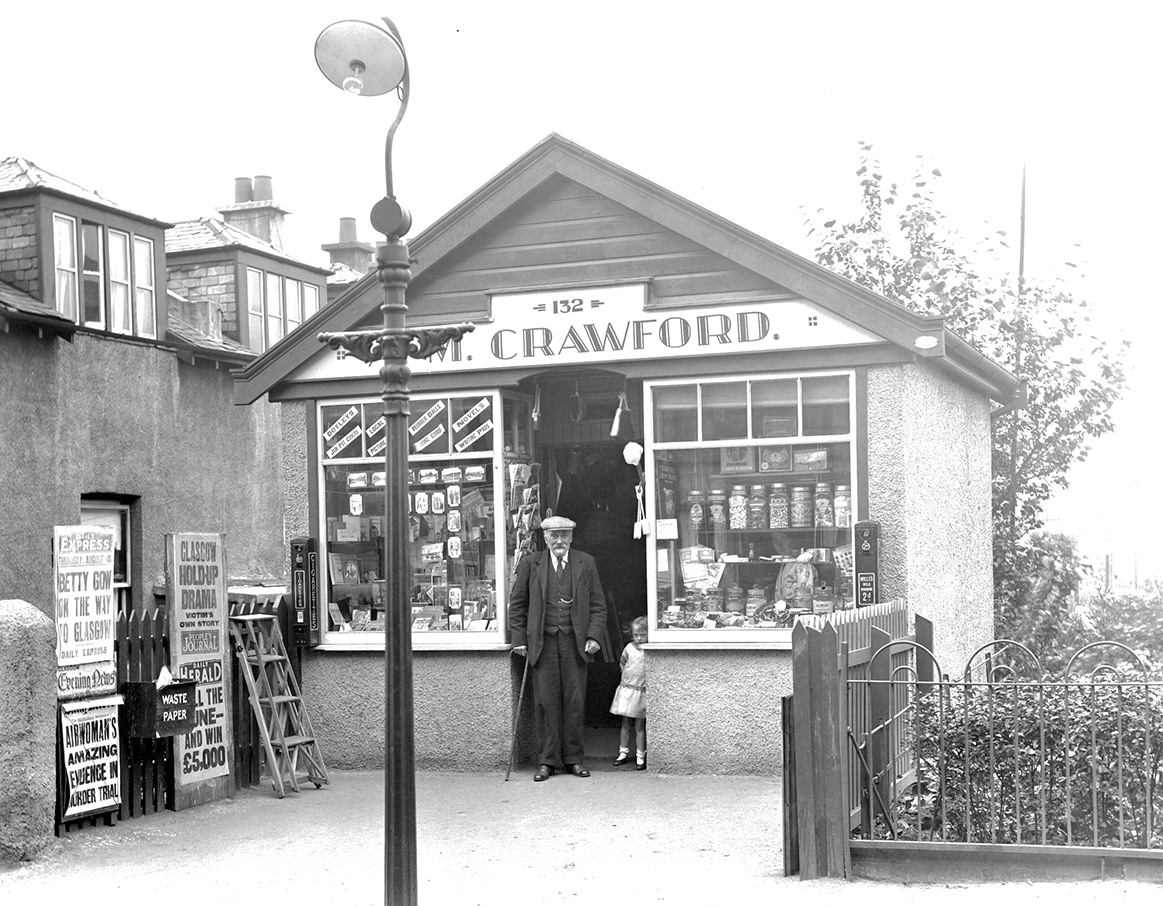
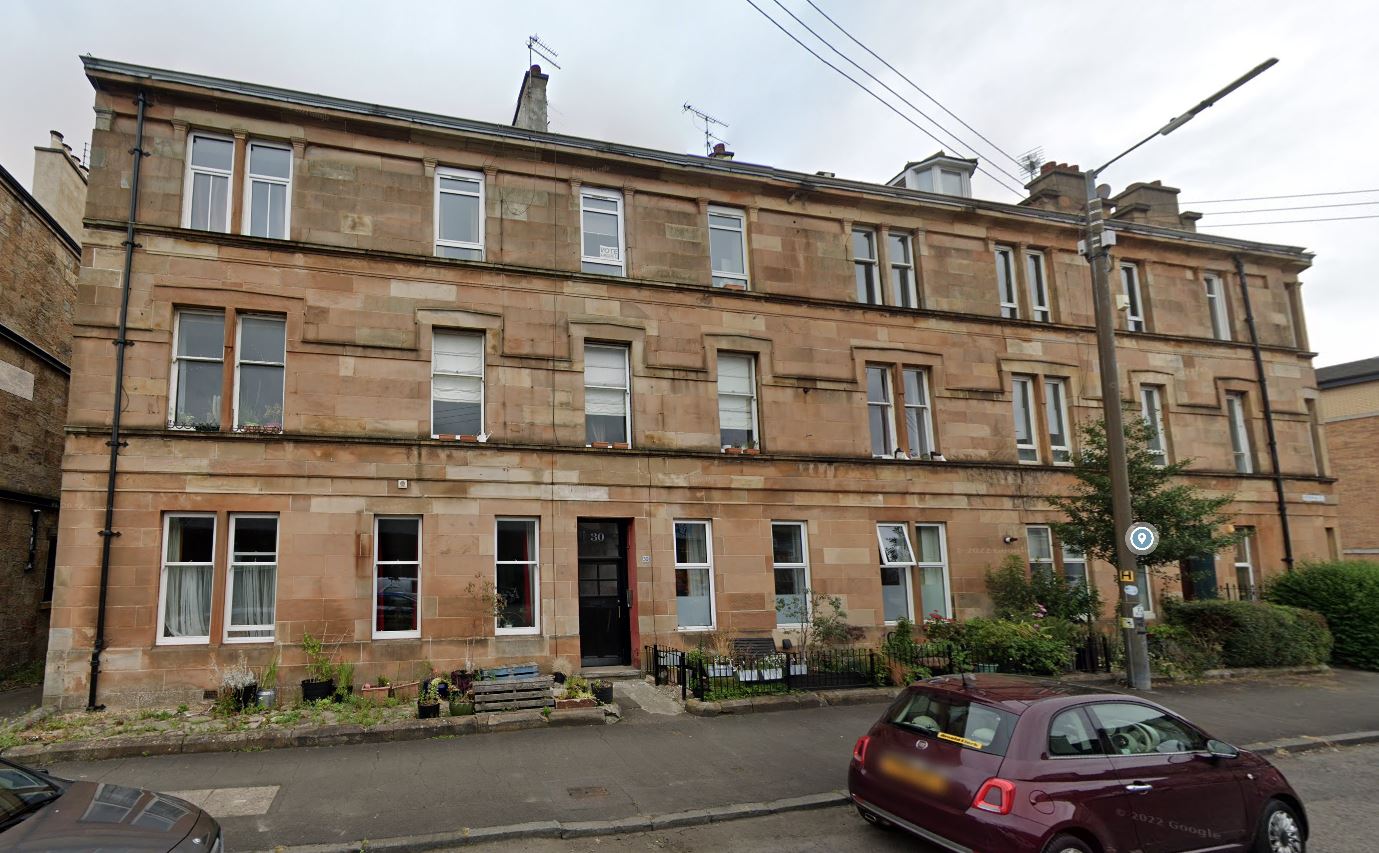
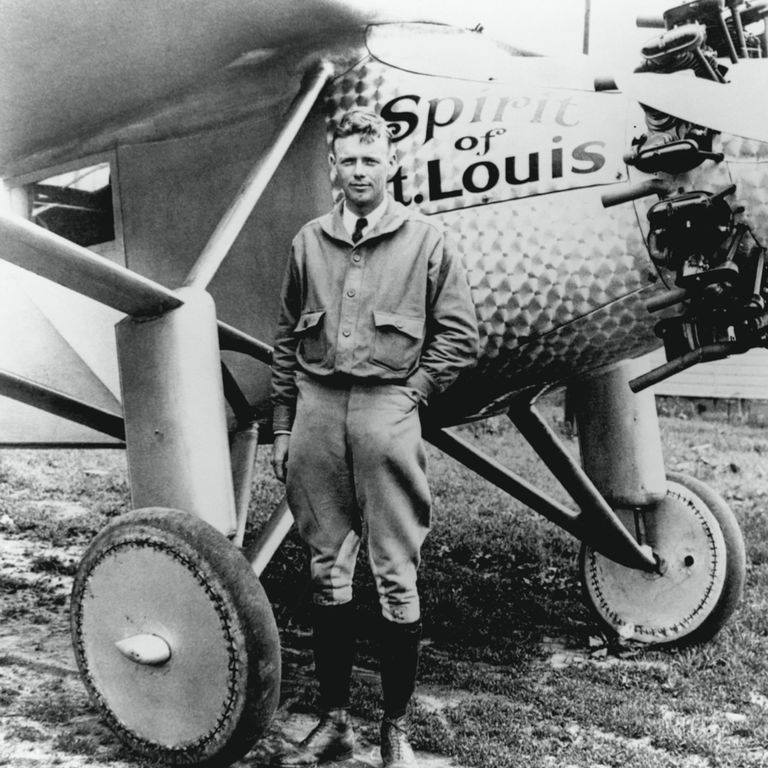
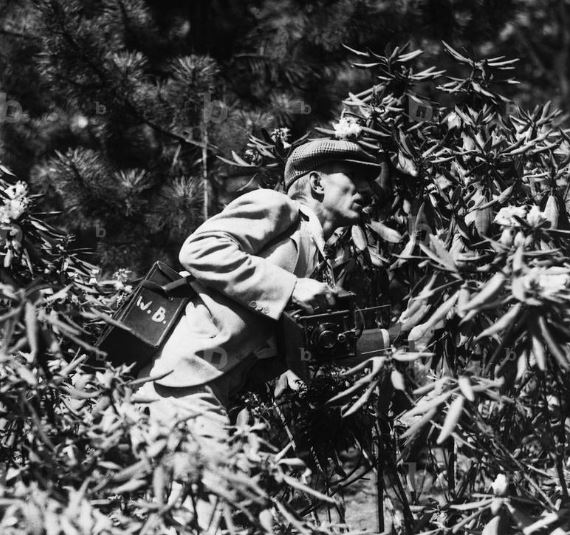
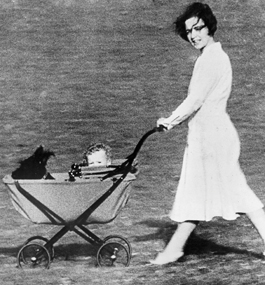
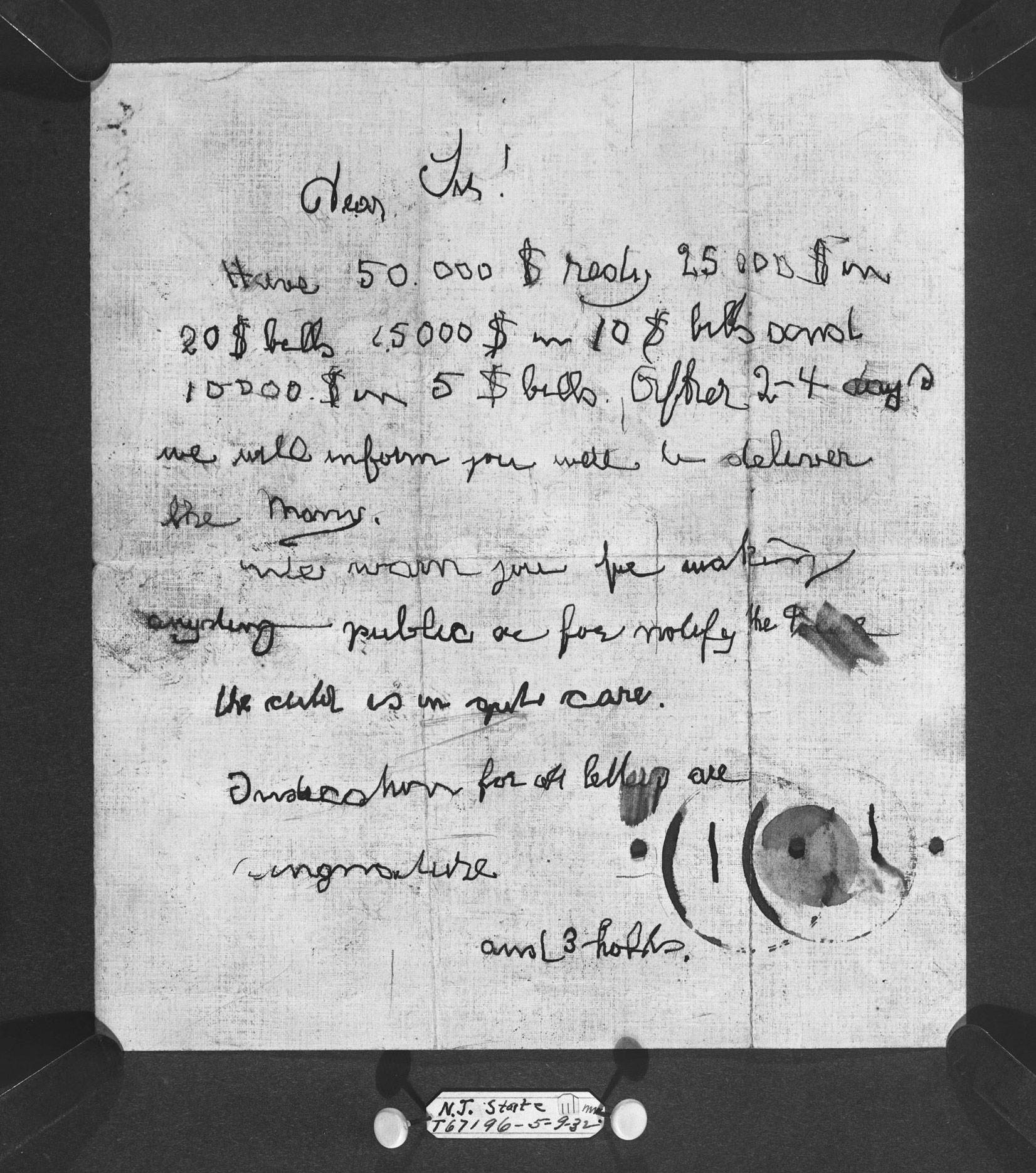
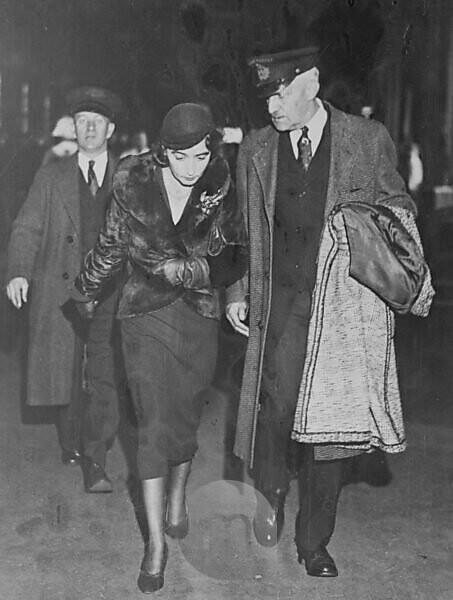
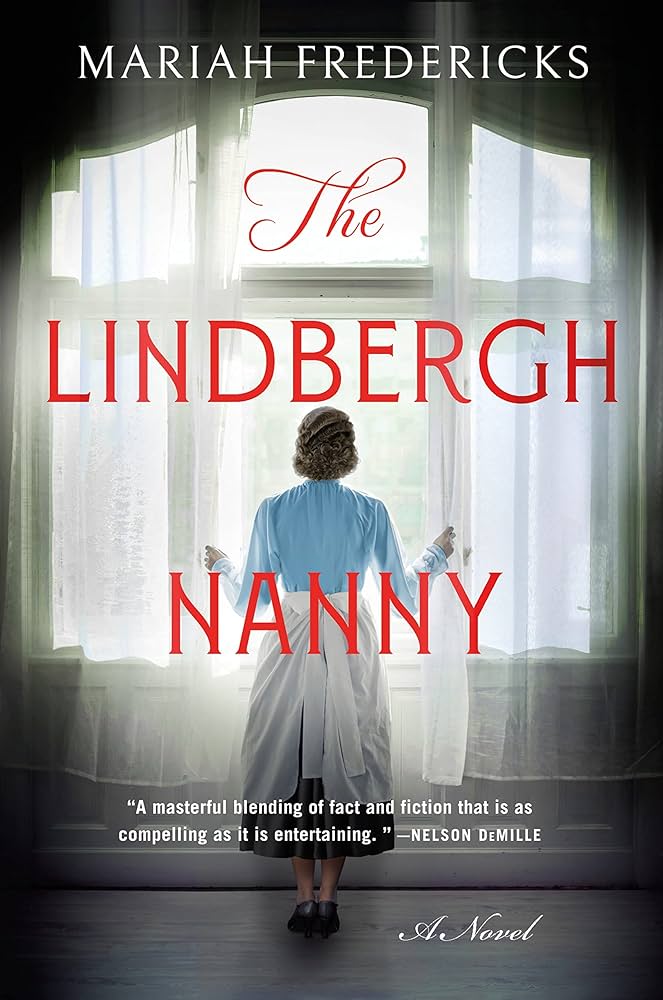
August 4, 2024 at 5:03 pm
Now that’s a story !
A wee Glasgow girl caught up in such an infamous event. It must have had an effect on her and remained with her for the rest of her long life.
August 15, 2024 at 11:15 am
Great story, Andrew.